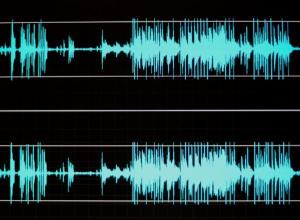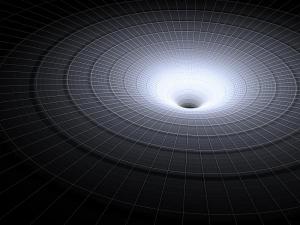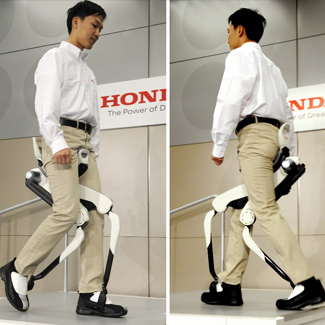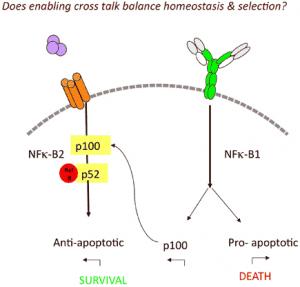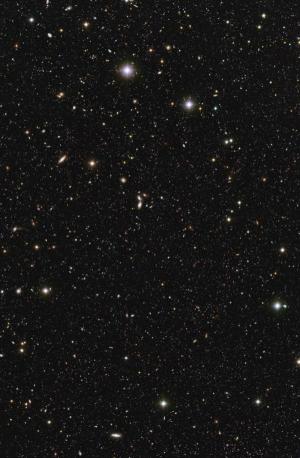Physicists are stirred by claims that the sun may change what's unchangeable - the rate of radioactive decay
It's nuclear physics 101: Radioactivity proceeds at its own pace. Each type of radioactive isotope, be it plutonium-238 or carbon-14, changes into another isotope or element at a specific, universal, immutable rate. This much has been known for more than a century, since Ernest Rutherford defined the notion of half-life - the time it takes for half of the atoms in a radioactive sample to transmute into something else. So when researchers suggested in August that the sun causes variations in the decay rates of isotopes of silicon, chlorine, radium and manganese, the physics community reacted with curiosity, but mostly with skepticism.
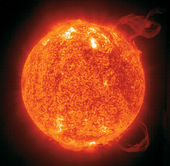
© SOHO (ESA & NASA)THE SOURCE-Physicists have responded with curiosity and skepticism to reports that the sun causes variations in the decay rates of some isotopes.
In one experiment, a team at Purdue University in West Lafayette, Ind., was monitoring a chunk of manganese-54 inside a radiation detector box to precisely measure the isotope's half-life. At 9:37 p.m. on December 12, 2006, the instruments recorded a dip in radioactivity. At the same time, satellites on the day side of the Earth detected X-rays coming from the sun, signaling the beginning of a solar flare.
The sun's atmosphere was spewing out matter, some of which would reach Earth the day after. Charged particles would contort the planet's magnetic field, disrupt satellite communications and pose a threat to astronauts on the International Space Station.
